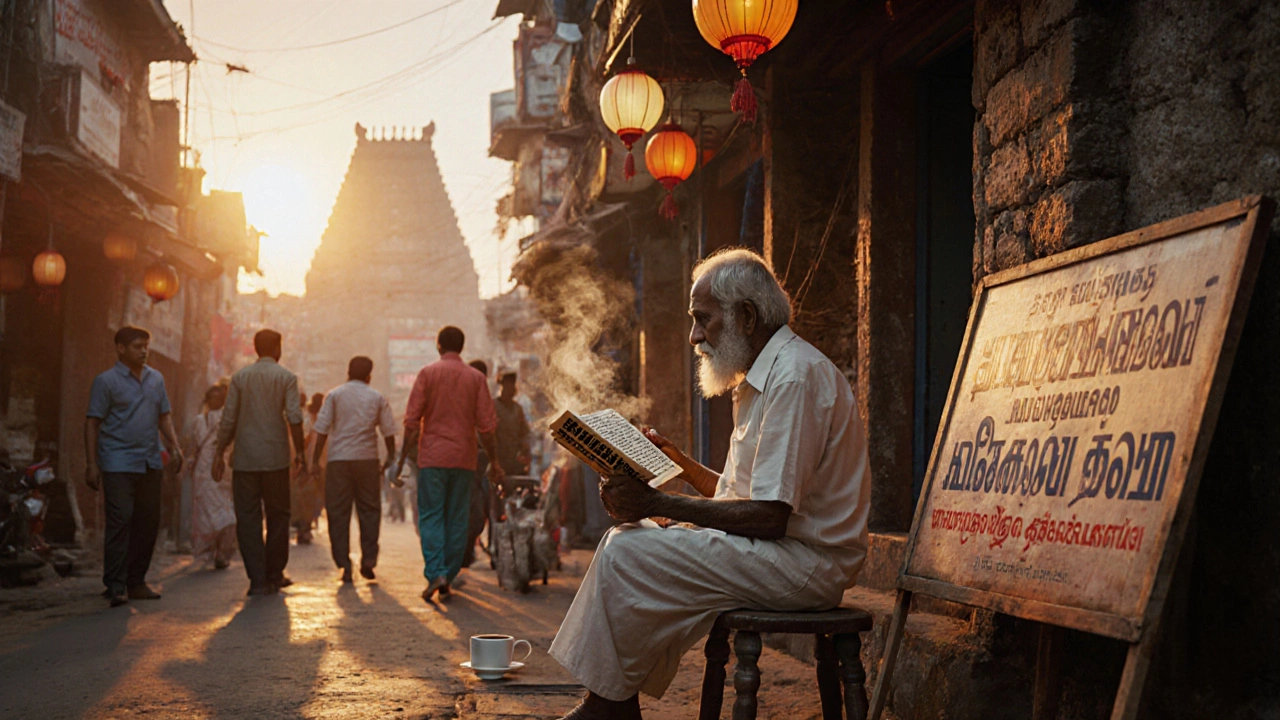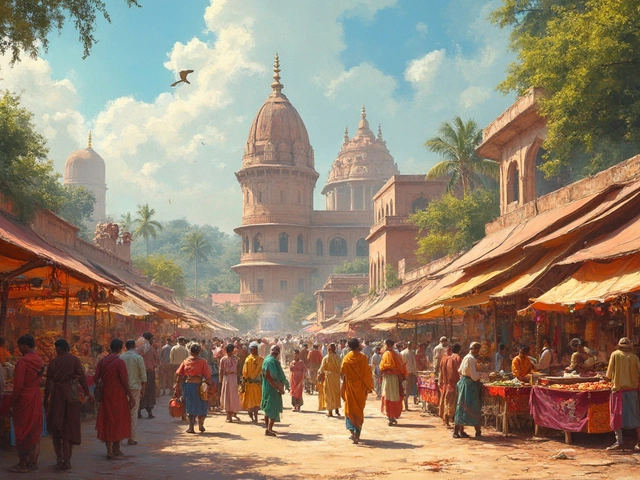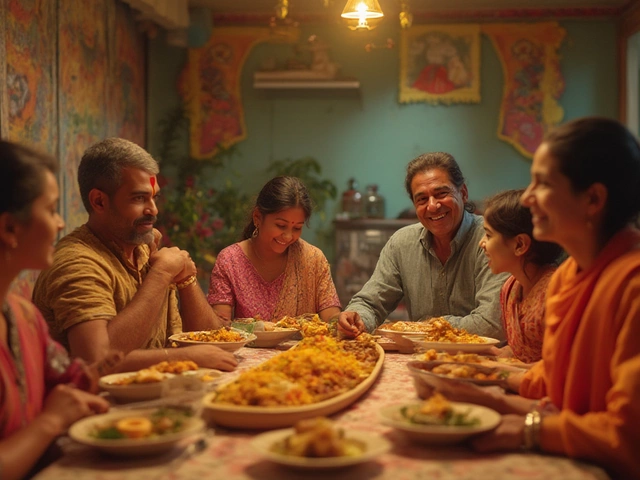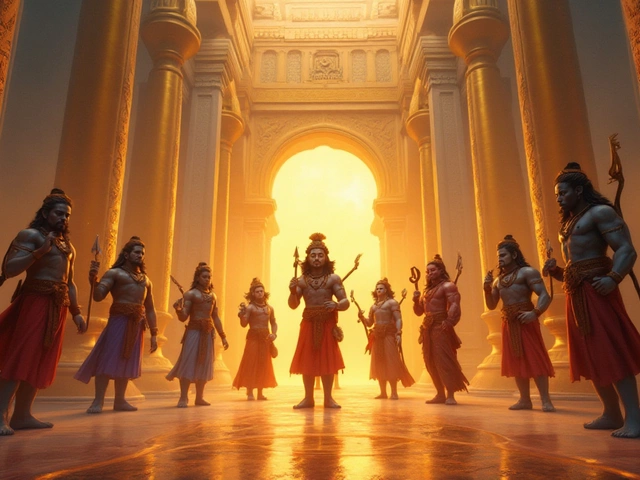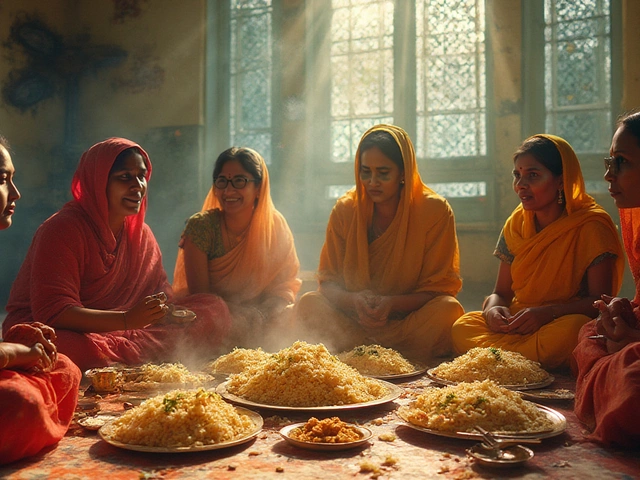Ever wonder why Tamil Nadu feels unlike any other place in India? From the rhythmic flow of its language to the dazzling tilt of its temple towers, the state carries a set of customs that seem to march to a different drum. Below we break down the five‑plus‑decade‑old reasons that set Tamil Nadu apart, with real examples you can spot on a road trip or in a family kitchen.
Language and Literary Legacy
Tamil language is one of the world’s oldest living languages, with literary roots dating back over 2,000 years. While most Indian tongues share Sanskrit influence, Tamil retained a distinct Dravidian grammar and a massive body of classical poetry called Sangam literature. Those poems, compiled between 300 BCE and 300 CE, still dictate modern idioms and even legal terminology in the state. The daily use of Tamil culture language shapes everything from street signs in Chennai to the lyrical structure of folk songs.
Temple Architecture and Visual Arts
Tamil Nadu’s skyline is dotted with soaring gopurams (gateway towers) that dwarf those in neighboring states. The Dravidian architecture style emphasizes intricate stone carvings of mythic scenes, a tradition perfected at the Brihadeeswarar Temple (built in 1010 CE) and still echoed in newer shrines. This visual language extends to Tanjore painting, a gold‑leaf art form that portrays deities with vivid, almost three‑dimensional depth. Unlike Madhubani art of the north, Tanjore pieces use a specific palette of vermilion, indigo, and gold, creating a unmistakable visual signature.
Festivals and Rituals
The state’s calendar packs more than just the pan‑Indian holidays. Pongal (harvest festival) spans four days, each dedicated to different aspects of agrarian life-from honoring cattle on Mattu Pongal to cooking the iconic sweet rice dish on the final day. While Kerala celebrates Onam with floral carpets, Tamil Nadu’s Kolam designs are drawn daily at sunrise, using rice powder to invite prosperity into homes. The ritual precision of these patterns-drawn with a single, fluid motion-distinguishes them from the rangoli traditions of the north.
Culinary Distinctiveness
When you bite into a plate of idli or dosai, you’re tasting the result of a 1,000‑year‑old fermentation technique unique to the state. The staple sambar in Tamil Nadu leans heavily on tamarind and a special blend of 12 spices, differing from the coconut‑heavy curries of Kerala. Even street‑side snacks like vadai are made with black gram, giving them a crunch that’s hard to replicate elsewhere. According to the 2024 Food Survey by the Indian Council of Agricultural Research, Tamil Nadu’s per‑capita consumption of millets is 18% higher than the national average, reflecting a deep‑rooted reliance on traditional grains.
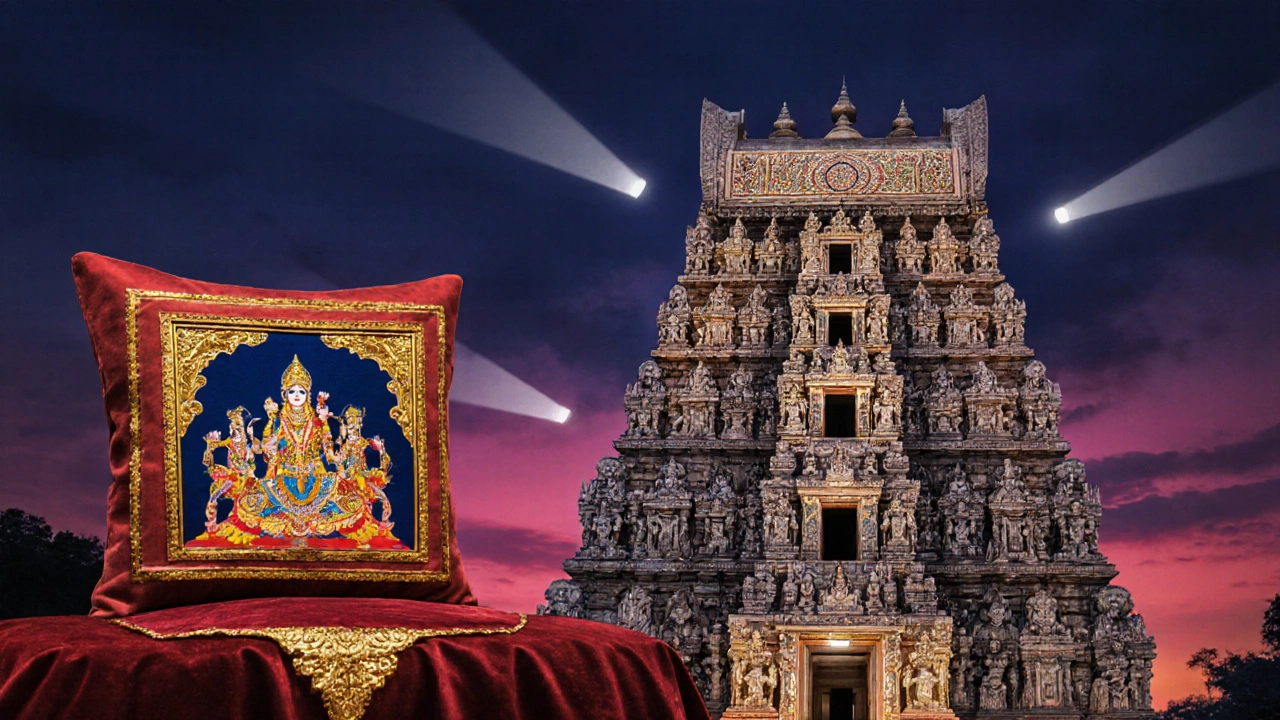
Traditional Clothing and Handicrafts
The iconic panchakacham silk saree, woven in Kanchipuram, uses 70‑meter-long threads and a double‑weave technique that creates a lustrous sheen. This craftsmanship sets Tamil Nadu’s textile export values at $1.2 billion in 2023, outpacing neighboring Karnataka’s $0.8 billion. Meanwhile, the silambam stick‑fighting art form, originally a martial practice, has become a cultural performance displayed during temple festivals, highlighting the state’s blend of martial and artistic heritage.
Social Customs and Values
Family structures in Tamil Nadu often follow the ‘joint family’ model, yet the state also boasts a literacy rate of 80.1%-the highest among Indian states as of the 2022 census. This emphasis on education fuels a thriving IT corridor in Chennai, which now houses over 2,500 tech firms, rivaling Bangalore’s startup scene. The collective memory of the 1970s Dravidian political movement also continues to influence contemporary debates on language policy and secularism, underscoring a civic identity that blends tradition with progressive politics.
Modern Influences & Global Reach
From Kollywood movies that dominate South Indian screens to the diaspora’s celebration of Thaipusam in Singapore and Malaysia, Tamil Nadu’s cultural export punches well above its weight. The state’s UNESCO‑listed “Classical Tamil” status, awarded in 2024, has spurred international collaborations with universities in France and Japan, further distinguishing it from other Indian regions that lack official global recognition of their linguistic heritage.
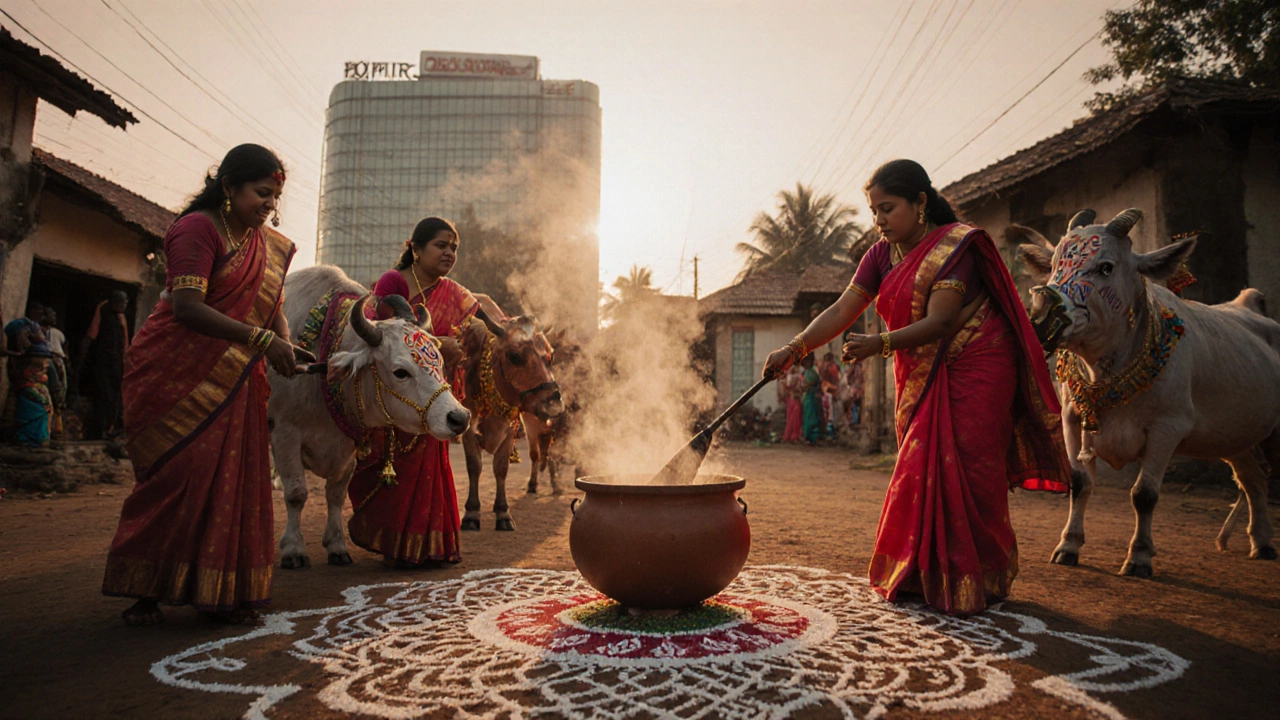
Quick Comparison with Neighboring States
| Aspect | Tamil Nadu | Kerala | Karnataka | Andhra Pradesh |
|---|---|---|---|---|
| Primary language | Tamil (Dravidian) | Malayalam (Dravidian) | Kannada (Dravidian) | Telugu (Dravidian) |
| Classical status | UNESCO‑recognized Classical Tamil (2024) | None | None | None |
| Signature temple style | Gopuram‑topped Dravidian towers | Kerala’s sloping roofs with copper plates | Hoysala star‑shaped shrines | Vijayanagara style with towering gopurams (but less ornate) |
| Flagship festival | Pongal (4‑day harvest) | Onam (10‑day harvest) | Dasara (10‑day) | Sri Rama Navami (9‑day) |
| Iconic cuisine | Idli, Dosai, Sambar, Millets | Appam, Fish curry, Coconut‑rich dishes | Udupi cuisine, Ragi mudde | Pesarattu, Gongura chutney |
| Renowned silk | Kanchipuram silk sarees | Kasavu (white cotton) | Mysore silk | Venkatagiri saris |
Key Takeaways
- Tamil Nadu’s language boasts a continuous literary tradition of over two millennia.
- Distinct Dravidian temple architecture and gold‑leaf Tanjore paintings set the visual tone.
- Festivals like Pongal and daily Kolam rituals embed cultural identity in everyday life.
- Its cuisine, silk, and martial arts blend ancient practices with modern popularity.
- Global recognition of Classical Tamil and a booming tech sector keep the state ahead of the curve.
Frequently Asked Questions
What makes Tamil language different from other Indian languages?
Tamil retains a pure Dravidian structure without heavy Sanskrit borrowing, has 12 distinct vowel sounds, and its oldest literature, the Sangam poems, predate most other Indian texts.
Why is Pongal considered a uniquely Tamil celebration?
Pongal spans four days, each honoring a specific agricultural element-from the sun (Thai Pongal) to cattle (Mattu Pongal). The ritual of boiling the first rice of the season until it overflows symbolizes abundance, a practice not replicated elsewhere.
How do Tamil Nadu’s temple towers differ architecturally?
The gopurams rise in stepped layers, each adorned with thousands of stone figures. Unlike the flat, bell‑shaped towers of the north, these towers serve as both gateways and storytelling canvases.
Is Kanchipuram silk really different from other Indian silks?
Kanchipuram silk uses a double‑weave method that creates a glossy, heavy drape. The zari work-gold or silver threads-creates intricate borders that stay vibrant after washing, unlike lighter handloom silks from other regions.
Where can I see authentic Kolam designs?
Every sunrise in residential neighborhoods of Chennai, Madurai, and Tiruchirappalli features hand‑drawn Kolams on thresholds. Community festivals and temple courtyards also showcase large‑scale designs.
